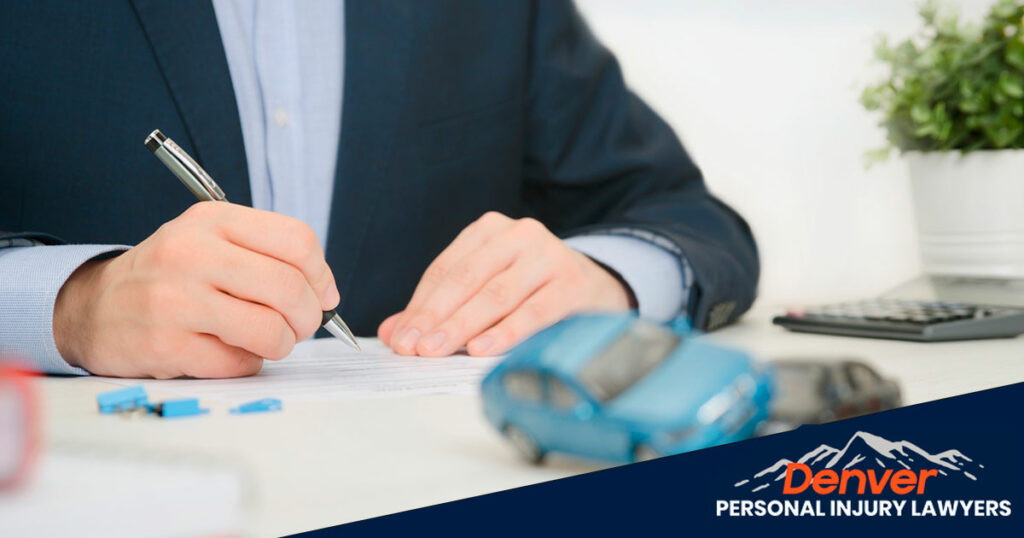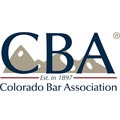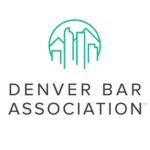A car accident claim can happen several different ways. To pursue a successful claim, you must first understand what type of claim you need to file. That way, you can get compensated for the damages you experienced in the accident.
Injury victims involved in car accidents are left with trauma from such a shocking and unexpected event. In addition to that, they often face growing financial hardships from medical bills, missed work, and hospital bills. That can multiply the emotional and psychological stress while dealing with injuries from the accident.
Determining liability is important for several reasons. First of all, you want to determine liability to hold the right parties accountable. You also need to know who’s liable to know what type of claim is applicable to your case.
Sometimes another driver who is careless causes an accident, and they are clearly at fault. In that case, liability is a no-brainer – the other, careless driver is liable. But in other cases, determining liability can be more complex, and someone else other than the other driver could be liable. In such cases, the safest way to identify potential defendants and obtain the money you deserve is with an attorney.
In this article, we will explain six different types of accident liability claims you could potentially file after a collision.
Table of Contents
ToggleWhat Does Liability Mean in a Car Accident?
Car accident liability concerns fault. Whoever is at fault for a car accident is the liable party. So if a driver is responsible for causing an accident, they are liable. Furthermore, if you had an accident that was someone else’s fault, you’ll need to file an accident liability claim.
Liability also means that a person is responsible for covering accident damages, including medical bills, property damage, and more.
Usually, a personal injury claim or property damage liability claim are the two main types of car accident claims to recover monetary compensation. However, there are other types of claims which you could file to get compensation for a variety of expenses and car accident damages. The specifics will depend on your unique accident.
Who Determines Liability After an Accident?
After a collision, insurance companies will launch an investigation into the accident. Then they will determine who they think is at fault. Even in accidents whose fault is obvious, determining liability can be tricky sometimes. For example, in a fender-bender, the rear car is almost always at fault. But what if the front car was a drunk driver, and then the rear car crashed into them? Both parties could be liable in that case.
After doing their own investigations, insurance companies will decide how to distribute fault to each party. This is usually a percentage of fault. So, for example, perhaps the drunk driver in front gets 40% fault, and the rear-ender is deemed 60% at fault. This concept is called comparative negligence. Basically, Colorado’s modified comparative negligence law means both drivers can share the blame.
However, if a driver is more than 50% responsible for the accident, they cannot recover damages. In addition, with modified comparative fault, the recoverable damages get reduced by however much fault each party contributed. The person who was 40% at fault would have their damage compensation reduced by 40%, while the driver with 60% cannot seek damages. Lastly, not all claims are driver vs. driver. Below are six different types of car accident claims.
Six Types of Car Accident Liability Claims You Can File in Colorado
Liability Claims Against a Negligent Driver
Most car accident claims arise from another driver who was careless, reckless, or negligent. There are many different ways this can happen. Liability claims against a negligent driver usually involve getting hit by a driver as:
Another driver
- A pedestrian
- Motorcycle rider
- Bicycle rider
Whatever you were doing while a negligent driver hit you doesn’t matter. If the other driver was negligent and caused your injuries, you can file a claim against them through their personal auto insurance. Having an attorney will be helpful in proving three key things:
- The other party was negligent
- Their negligence caused the accident
- And you suffered injuries due to the accident.
Third-Party Liability Claims
A “third-party” liability claim is when anyone other than the policyholder or insurance company files a claim. This means you are filing a claim with an insurance company other than your own. “First-party” is the insured individual, and the “second party” is the insurance provider. So, a “third party” claim is when you file a claim with the liable insurance company. Note that the at-fault insurance company is not always the driver’s personal insurance.
For example, if you get injured while riding in an Uber, the company might be liable for a negligent employee who caused the accident. In that case, you could potentially file a third-party claim with Uber’s liability coverage. Another example would be if you get injured by a drunk driver and file a third-party claim against the establishment responsible for serving the drunk driver.
In such instances, it’s particularly advantageous to hire a car accident lawyer. Big companies often have reputable lawyers who work hard to protect companies from liability. But, with strong legal representation on your side, you have a better chance of holding them accountable if they are responsible for your injuries.
Uninsured/Underinsured Driver Liability Claims
Everyone drives, but not everyone has insurance or enough coverage. According to the Insurance Insurance Information Institute (III), about 16% of Colorado drivers are uninsured. Nationwide, there are about 28 million uninsured drivers.
That doesn’t even include drivers who are underinsured. Meaning there’s another group of drivers who might have insurance but won’t have sufficient coverage to pay your damages after an accident. If the at-fault driver’s policy is insufficient, you can file a claim through your own underinsured/uninsured protection.
In most cases, it’s not worth it to pursue an uninsured or underinsured driver for personal damage recovery because they don’t have the means to afford the compensation you deserve.
Defective Products (Or Product Liability Claims)
Sometimes, car accidents are caused by defective car parts rather than human error. What if you get injured due to airbags that failed to deploy while you swerved off the road to avoid hitting a deer.? No other driver was at fault for the crash, and you were not negligent in your driving. However, you sustained injuries far more severe than you would have due to airbag failure.
In that case, you might have grounds for a defective product or product liability claim. The car manufacturer would be liable for defective airbags.
Colorado law enforces strict liability for defective products. So if the airbags were defective, the manufacturer is liable for your injuries. From a legal standpoint, it doesn’t matter what their intent was. If you suffered harm from any defective car parts or poor design, you could hold the manufacturer accountable. It’s not limited to airbag failure; you may have a product liability claim if you had a defective tire, faulty brakes, or any other vehicle defect that contributed to the collision.
Finally, vehicle defects usually happen in batches. So it’s likely if your car had a vehicle defect, it also occurred on other vehicles from that manufacturer. When this happens, all injury victims who were harmed by the defective vehicle can come together for a class action lawsuit. Colorado law gives product liability injury victims two years to file a claim, whereas negligence-based car accident claims allow three years.
Wrongful Death Claim
If your loved one died in a fatal car accident, you may be eligible to file a wrongful death claim. You’ll need to work with a Denver wrongful death attorney to prove that the other driver was negligent and caused the death of your loved one.
In Colorado, certain surviving family members may file a wrongful death claim on behalf of the deceased person. Parties who wish to file a wrongful death claim in Colorado must do so within two years of the fatal accident. There are potential exceptions to the deadline for hit-and-run cases and vehicular homicide.
Government Car Accident Claim
There are several different scenarios when a government unit could be responsible for an accident. Colorado has many government workers operating vehicles for institutions, the city, county, and state entities. While you can file a claim after a government vehicle causes an accident, the process is different from a regular auto accident claim.
Besides a government worker causing an accident, it’s possible that poor road maintenance or design contributed to the crash. If so, you might be able to file a claim against the jurisdiction responsible for the unkempt road. This is usually the city or a county.
Accidents involving government bodies can be more challenging to pursue due to sovereign immunity. In Colorado, government agencies and employees are protected by Colorado Governmental Immunity Act (CGIA) when it comes to personal injury claims. This means you have limited opportunity for compensation for your damages.
You also have less time to file a claim for a government-related car accident. While the normal statute of limitations is three years, in this case, it’s only 182 days.
If you were in an accident involving a Colorado agency or employee, you’d need a Colorado car accident lawyer to review your case.
Contact a Denver Car Accident Lawyer Today
The only way to know which liability claim is suitable for your case is through a lawyer. Denver car accident attorneys are familiar with the minuscule details of car accident cases that dictate what type of claim you need to file.
Furthermore, a lawyer can help you build a strong case and increase your odds of a generous payout. Regardless of what type of claim you file, a legal professional will increase your chances of a successful outcome.
Call us today for a free consultation. We will review your case to see how we can help.
















